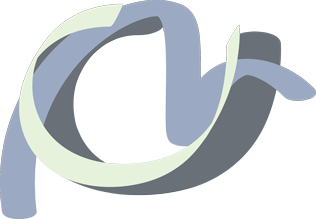Last week I had the opportunity to work with Esther Mweso (program leader) and Moses Mpezeni (M&E officer) at the Local Development Support Program (LDSP) retreat. 26 staff attended for a day and a half at Majete Game Reserve. The tyrannies of distance (Esther & Moses work 4hrs from Blantyre), telcos (phone and internet are always tricky) and culture (what exactly is the purpose, a reflection or holiday reward?) made it quite a challenge to put a program together. On the night before we agreed on a variation of Open Space. We would have two slots where Moses would run ‘team building’ type activities for all, and classic Open Space (without the computers) for the rest. Flexibility though is all.

As is always the case, a wide variety of topics. Interestingly (but perhaps not surprising) a strong emphasis on relationships.
I am so pleased to have had the chance to practice ‘opening the space’ on numerous occasions. I made the critical posters the night before and we arrived at the venue exactly at the time it was due to start. I didn’t even know where the minor spaces would be as I started – I just figured there would be trees if nothing else to sit under. Travelling in a different vehicle to Esther meant I did not have time to consult with her on the ‘Theme’ or ‘Givens’ of discussion, so had to take a risk on the Theme being ‘LDSP’ and ‘Givens: What works, what doesn’t, Ideas for the future’. Fortunately this was OK!

Small group discussion on the veranda of one of the accommodation tents.
In discussions at the end of Day 1, Esther made the presidential decision to not run the second day of Open Space, but to run a session that picked up on the animals seen in the afternoon of Day 1. I have used photographs of animals for people to use as reflections on their own work or organisations, but this was something else! In groups of three, participants had to relate LDSP to the animals they’d seen the day before. There was of course lots of references to crocodiles and hippos, but the one that grabbed everyone was the driver who made reference to the honey eater bird that had made an incredible amount of noise early in the morning. As he said, ’it doesn’t matter how small you are, it’s possible to have a big impact.’

Making a point at the small group at the lapa
For me, a highlight of the event was the participatory analysis of ‘types of participation’ that Moses ran. It was a bit clunky but participants got the point. Most of the participation done by the organisation was not the kind that staff felt was successful. Another highlight was just seeing these middle class, educated Malawians experience for what was for many of them was the first time, one of their own game reserves. There was considerable amazement that the most expensive accommodation tent had an open bathroom.

In a society where having a real bathroom is a privilege, not only was an open air one something of a novelty but to pay more was of some amazement.
I haven’t seen the feedback sheets yet. I’m hoping we’ll do a debrief session soon.











